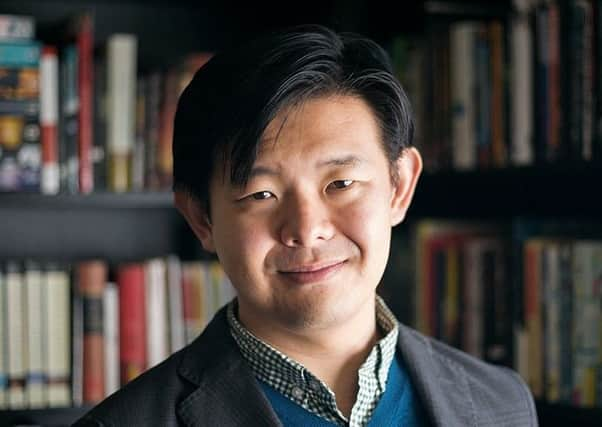Norman Shih: Enabling someone to die at home is a complex balancing act of needs


As long as they receive the care and support they need, most people prefer to be cared for and spend most of the dying process at home, as the memories built into the home often provide a sense of safety and familiarity within the tumult of fast approaching, inexorable changes.
However, enabling someone to remain at home can be a complex endeavour, as I discovered when conducting research in collaboration with Marie Curie, the terminal illness charity.
Advertisement
Hide AdAdvertisement
Hide AdThis research explored the relationship between home environments and palliative care, a term referring to caring for someone who is terminally ill and approaching the end of life.
The research entailed conversations with staff at Scottish hospices and housing-related organisations.
One of the results revealed that it wasn’t necessarily the current physical state of the home that affected a person’s wellbeing, but rather how an attachment to that physical state can prevent them from making necessary and useful changes.
Many hospices offer home assessments to determine the best options to facilitate someone’s needs, and will coordinate the installation of aids and adaptations such as hospital beds to support mobility, comfort, and independence.
However, some people living with a terminal illness refuse these practical changes, possibly because they cannot cope with what a change in their home environment represents.
As one community nurse specialist said: “Often, we think we’re doing a great job because we’ve got this profiling bed in, but actually it can be really difficult for some people to accept. I think it represents the hospital, it makes things look clinical.
“You can be separating couples from sleeping together in the same beds. They might have slept together in the same bed for 50 years, and all of a sudden now they’re in separate beds or separate rooms.”
For some, the home is an expression of an individual identity that this new stage of life now endangers. A change to someone’s home can represent a change in their lives that they may not be ready for, a constant reminder of both what was and what remains.
Advertisement
Hide AdAdvertisement
Hide AdA support rail doesn’t simply spoil the aesthetics of the home in a person’s eyes, but erases a part of who they once were. Likewise, a hospital bed in their living room reminds them of a mortality they may not be ready to accept.
The experience of dying is unique to every individual, and as such, there is no universal solution to solve this issue. However, that does not mean that nothing can be done about it. For starters, a health and social care workforce that understands the psychological complexities of death can help mitigate the anxiety surrounding it, if only to enable people to accept adaptations to their homes. Patient needs, desires, and concerns must be listened to, so that they can live their life in the way of their own choosing.
Another possible way to circumvent this situation is to be proactive about preparing for death, such as by constructing homes with pre-built adaptations, which could help normalise the reality of ageing and dying and remove the emotional barriers otherwise needed to install them later in life. In so doing, home can retain the safety and comfort of someone’s memories, but also look towards a future we all face.
On a wider scale, we as a society need to change or even initiate the conversation around death and dying. It’s important that people no longer see death as something to fear, but rather accept it as a normal part of life.
However difficult it may be to confront and reflect on during times when death seems so distant as to be insignificant, the sooner this realisation and acceptance can happen, the better.
Creating a culture of death acceptance not only forms an emotional guard against death anxiety, but by acknowledging that life is finite and fragile, allows people to find greater satisfaction in and appreciation of the time remaining.
Norman Shih is an MSc Social Research student at University of Edinburgh and is on placement at Marie Curie.